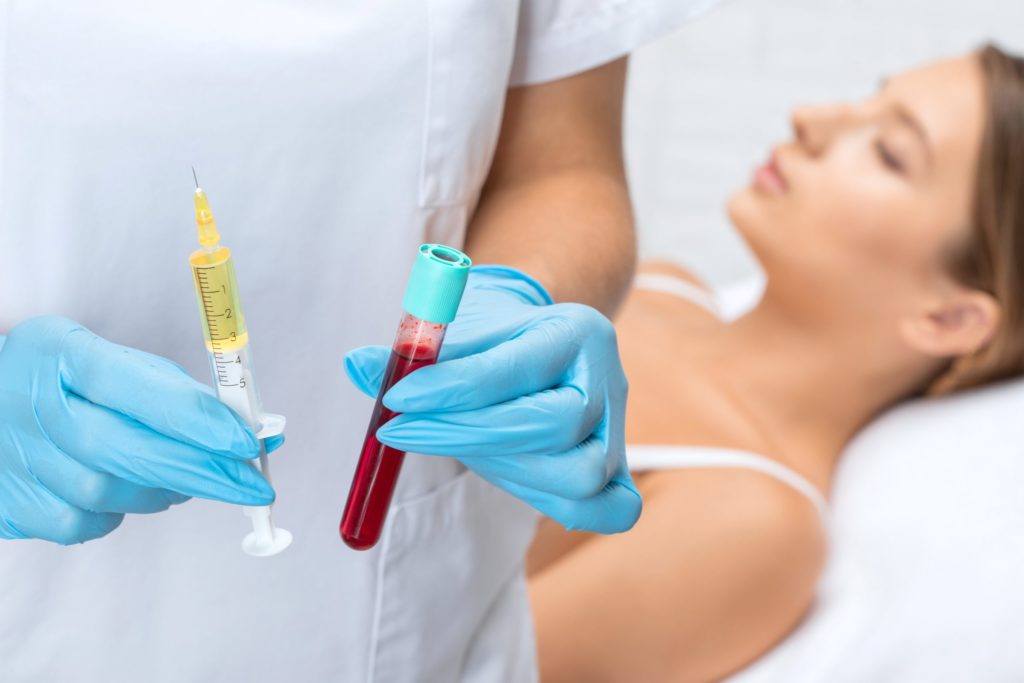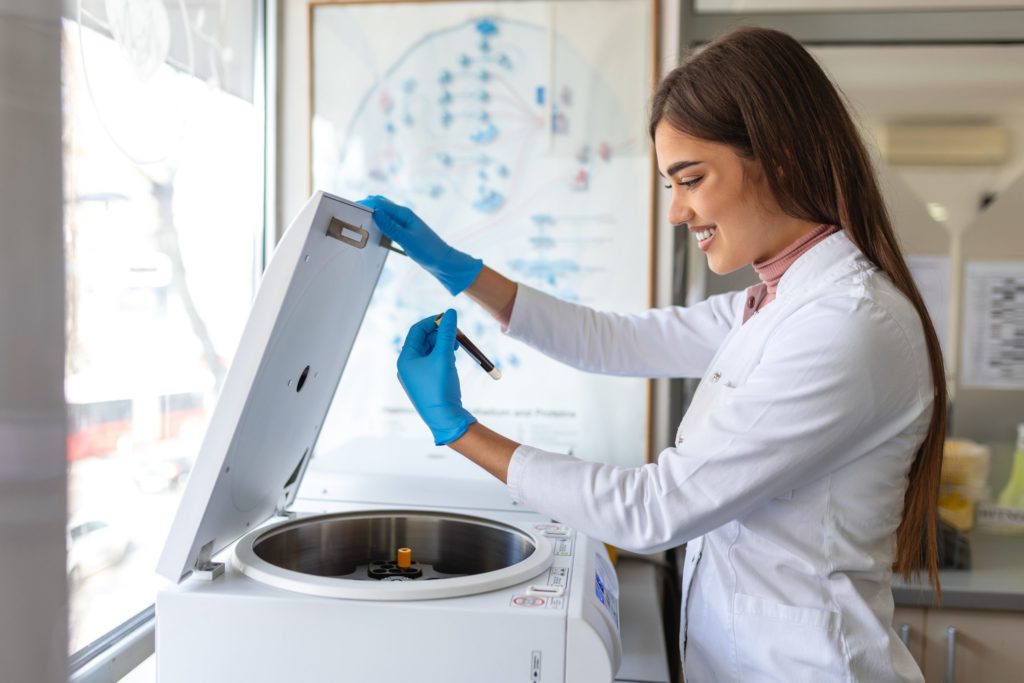
Facial aesthetic medicine: from Botox™ to stem cells


What is aesthetic medicine?
Aesthetic medicine differs from cosmetic surgery in that it is non-invasive. In fact, it does not break the skin beyond drawing blood or injecting a product. These procedures, mainly injections, are relatively simple and quick to perform. Their administration does not require anaesthesia, the medical procedure itself lasts 30 minutes at most, and you can return to your usual daily activities afterwards. They are risk-free provided, of course, that they are carried out by a doctor, in a sterile environment and using approved, high-quality products.
While injections of Botox™ and hyaluronic acid are the aesthetic medicine procedures best known to the general public, the Health Center Clinique Lémana also offers other solutions: tensor threads, injections of autologous fat (lipofilling), injections of plasma (PRP) and stem cell injections.
What are the differences between these techniques?
Injections of botulinum toxin, hyaluronic acid, and tensor threads
These techniques have one thing in common: their effects can be reversed. Botulinum toxin, better known by its commercial name Botox™, like hyaluronic acid or tensor threads, is absorbable. The effects of these procedures are not permanent and fade over time.
However, they do differ in terms of their effects. Botulinum toxin erases expression lines in the upper part of the face by acting on the muscles. Hyaluronic acid is more often used as a filler for wrinkles and fine lines on the lower part of the face. Tensor threads are used to restore the oval shape of the face, similarly to a facelift.
The duration of the effects is also very different: between 4 and 6 months for botulinum toxin, between 6 and 18 months for hyaluronic acid and between 12 and 18 months for tensor threads.

Lipofilling and PRP injections
What these two techniques have in common is the reinjection into the face of fat (lipofilling) or PRP (Platelet Rich Plasma) harvested from the patient’s own body. They have different effects, autologous fat being used as a filler while PRP restores radiance and elasticity to the skin. They can also be combined to enhance their aesthetic benefits.
Plasma and fat, through the action of the stem cells of which they are composed, have a regenerating effect on skin tissue. Their action is progressive, with optimal results observed around 3 months after the injection procedure. The effect then gradually declines as a result of natural ageing.
Stem cell injections in aesthetic medicine
Stem cell injections first made their appearance in aesthetic medicine in the mid-2010s. They are authorised for marketing subject to conditions1, as is the case for all medicines.
There is no cellular manipulation of stem cells in aesthetic medicine
Stem cells hold significant therapeutic potential and have been the focus of a great deal of medical research since the 1990s. This is because cell therapy bears the promise of regenerative medicine, capable of reconstructing and regenerating tissues and organs. But it also raises questions of medical ethics, which arise whenever cell manipulation is involved, i.e. cell culture, genetic modification of cells, differentiation or activation of cells. However, none of these manipulations are used in aesthetic medicine.
The stem cells are obtained from a sample of fat harvested during an operation in an operating theatre, under anaesthetic. They are then extracted using mechanical and enzymatic processes, and reinjected into the skin tissue, without any further manipulation of any kind.
The effects of stem cell injections on the skin
Stem cells are undifferentiated cells that can transform into different cell types. This is where their regenerative and restorative properties are derived from.
“The stem cell will stimulate the development of new cells, repair damaged tissue and correct the effects of time and pollution. It will affect many factors, such as skin elasticity and the reduction of wrinkles. It is not a filler,” explains Nicolas Chami, MD, with a degree in Plastic, Reconstructive and Aesthetic Surgery, in charge of the aesthetic medicine programmes at the Health Center Clinique Lémana. Stem cells represent a veritable fountain of youth, repairing and rejuvenating the skin.
The first effects begin to appear a few weeks after the injections. The skin then gradually becomes smoother and more radiant, day after day.

Preserving stem cells for future use
After extraction, the stem cells can be used immediately or stored in a bank for 10 or even 30 years. The younger you are, the better the quality of your cells. It is therefore a good idea to store these cells at the age of 30, 40 or 50 with a view to reusing them at a later date. This banking can be done for aesthetic purposes, but also for therapeutic purposes.
Numerous clinical trials are currently underway, heralding the arrival on the market of a large number of therapies based on stem cells. Regenerative medicine is expected to treat diabetes2, Parkinson’s disease3, multiple sclerosis4 and other conditions.
Today, stem cells are used to regenerate the skin. In the future, they will make it possible to regenerate organs and other tissues: from this point of view, storing stem cells represents an excellent investment in long-term health.

- Swiss Medic, Legal framework governing the use of tissues and cells of human origin.
- EuroStemCell, Diabetes: how could stem cells help?
- CHUV, Maladie de Parkinson : l’espoir des cellules souches [Parkinson’s Disease: the potential of stem cells]
- Société suisse de la sclérose en plaques, Expériences concernant la transplantation de cellules souches, [Swiss Multiple Sclerosis Society, Experiments in stem cell transplantation]
D’autres articles


Detox Treatment and Detox Cure: what are the differences?
